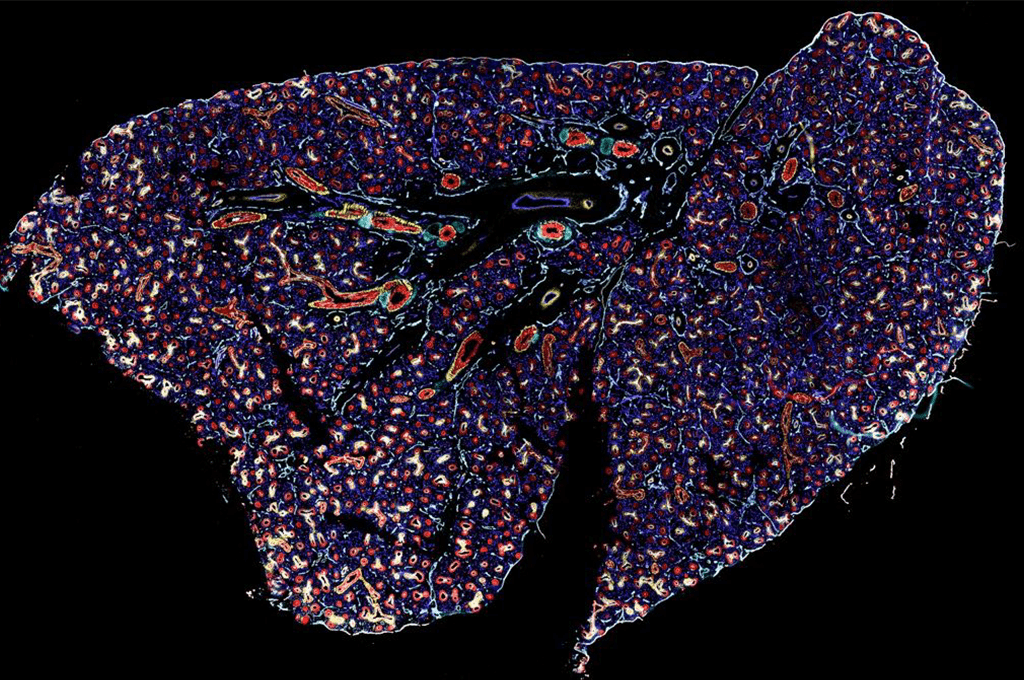The cell’s Swiss army knife: The diversity and versatility of RNA
A new review written by SciLifeLab researchers covers the critical role of RNAs and RNA-binding proteins (RBPs) in maintaining cellular health. RNAs, present in a wide variety of forms, work together with RBPs to manage the cell’s genetic instructions, ultimately controlling how these instructions translate into action. But when RNA-RBP interactions break down, the results can be serious, potentially contributing to diseases like cancer.
RNA molecules come in many types and sizes, from messenger RNAs (mRNAs) that code for proteins to a vast array of noncoding RNAs (ncRNAs) with regulatory roles. These molecules, in coordination with RBPs, are central to processes like protein synthesis, gene regulation, and RNA modification. According to SciLifeLab and KI researcher Carlos Gallardo Dodd, “The diversity and versatility of RNA molecules is fascinating. There are well-established rules that define certain RNA types, like mRNAs or tRNAs, but there are still many unknowns about long noncoding RNAs. With the technology available at SciLifeLab we can now investigate these exciting molecules at the level of individual cells.”
In healthy cells, RNAs work closely with proteins to regulate a variety of important functions, from gene expression to protein production. This balance, known as cellular homeostasis, ensures that cells can grow, divide, and respond to their environment properly and in a timely manner. Disruptions in RNA or protein levels can lead to cells losing control over their growth and division, which puts you at risk of getting cancer. For instance, changes in transfer RNAs (tRNAs), which control amino acid supply for protein production, can impact cancer cell growth. Similarly, alterations in small nuclear RNAs (snRNAs) and small nucleolar RNAs (snoRNAs) can interfere with essential processes like splicing and chemical modifications, driving tumor development.
“For me, RNA is like a Swiss army knife with multiple functions packed in one unit: RNA acts not only as a code-keeper, like DNA, it also has catalytic activity, like proteins,” says SciLifeLab Fellow Claudia Kutter. “By profiling RNA through advanced techniques, developed by us and other groups at SciLifeLab, we can get a real-time snapshot of the cell’s health. This makes RNA essential for diagnosing and monitoring diseases.”
This review also highlights recent technological advances that provide a closer look at RNA and RBP interactions, which could lead to novel diagnostic and therapeutic strategies for cancer. “Despite many years of research, there is still so much we have yet to uncover about RNA’s full potential,” adds Kutter. The promise of RNA-based therapies, such as mRNA vaccines and RNA interference, continues to inspire further exploration of RNA’s potential, underscoring its critical role in modern medicine and future treatment strategies.





